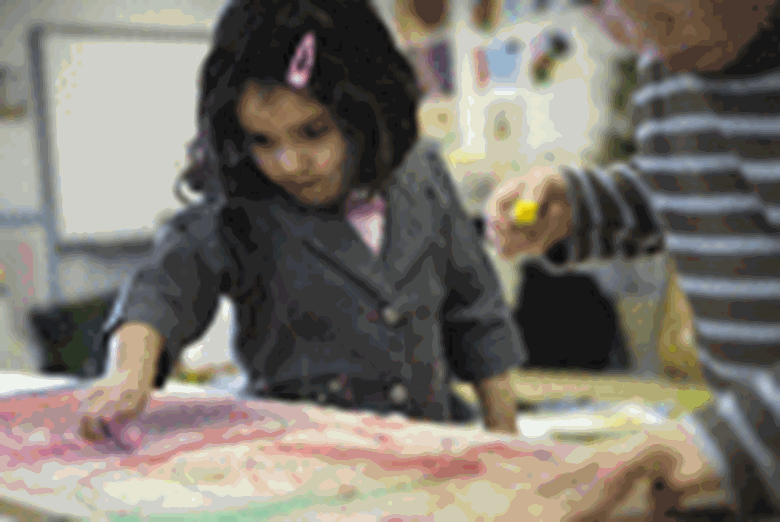Creative play is associated with healthy lifestyle, study finds
Melanie Defries
Tuesday, April 20, 2010
Adults who take part in creative play as children are more likely to have a healthy diet and to take regular exercise, according to a new study.

The research from the University of Ulster, which was presented at the British Psychological Society's annual conference in Stratford-upon-Avon last week, surveyed 505 young adults about their experiences and opportunities for play during childhood.
Those respondents who said that they took part in more active play when they were children were found to have a better standard of health and exercised more frequently as adults, while others who said their play opportunities were restricted when they were children were more likely to be overweight and to have less healthy lifestyles.
The study concluded that children's play patterns may be linked to healthy habits in adulthood.
Professor Tony Cassidy from the University of Ulster said, 'Having the freedom and opportunity to play is important for all aspects of child development, and is a right that is often overlooked.
'It is something that most children want to do, and do naturally, but its importance is not always recognised by adults, particularly policymakers. For all sorts of reasons, our society has restricted child play. To remove restrictions and reverse a potentially damaging trend requires a change in attitudes across society.'
Other research presented at the British Psychological Society's conference included a study which found children to favour gender-specific toys from as young as nine months old.
Researchers from City University in London gave a range of toys to 90 children between nine months and three years old. Some were stereotypically boy's toys, such as a car, a digger, a ball and a blue teddy. Others were more traditionally feminine toys, including a pink teddy, a doll and a cooking set.
The children were found to show a strong preference for toys that were stereotypically representative of their own gender. The youngest group of girls, who were aged between nine and 14 months, spent significantly longer playing with the doll than the boys, while boys spent more time playing with the car and ball than the girls.
No association was found with parents' views on which toys were more appropriate for boys or girls, or what type of activities took place in the children's homes.
Dr Sara Amalie O'Toole, co-author of the study, said, 'It was very obvious that even the youngest children went straight for gender-typed toys and colours. Children of this age are already subject to a great deal of socialisation, but these findings are consistent with the idea of an intrinsic bias in children to show interest in particular kinds of toys.'




